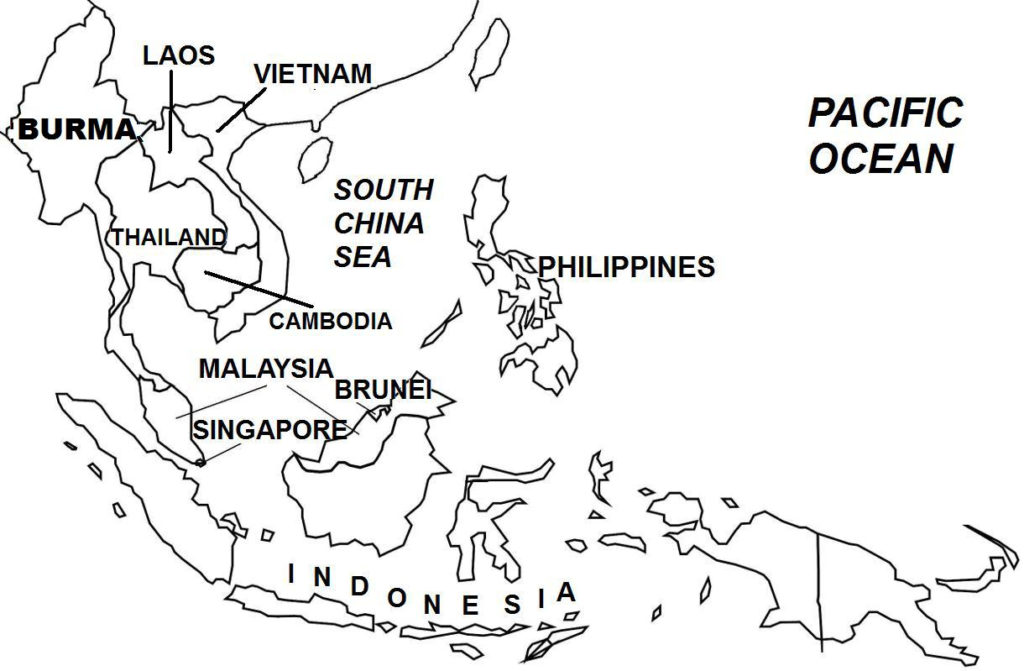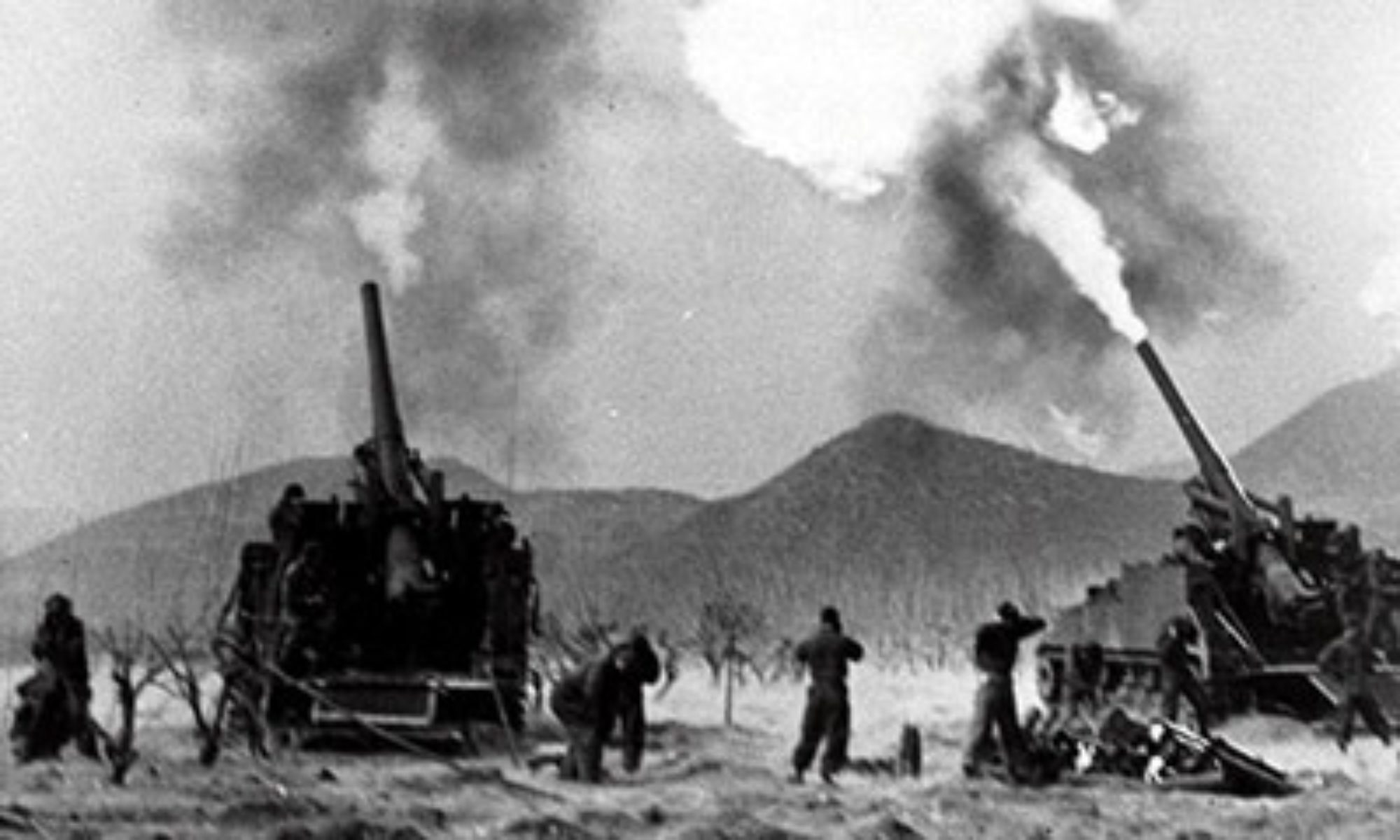On July 6, 1949, upon their release, Indonesian nationalist leaders Sukarno and Hatta restored the revolutionary government in Yogyakarta, and one week later, they ratified the Roem-van Roijen Agreement. In mid-August 1949, a ceasefire came into effect. In a series of meetings, called the Dutch-Indonesian Round Table Conference held at The Hague, Netherlands in August-November 1949, the Netherlands, the Indonesian Republic, and the Federal Consultative Assembly (Dutch: Bijeenkomst voor Federaal Overleg, which represented the six states and nine autonomous territories created by the Dutch under USI) agreed that USI be granted independence under the Indonesian government, with Sukarno and Hatta as its President and Vice-President, respectively. The Netherlands and USI would form a loose association called the Netherlands-Indonesian Union under the Dutch monarchy. A stipulation was that the Dutch military would leave USI, with security functions to be turned over to the Indonesian Armed Forces. Two other difficult issues were settled: 1. the responsibility for paying off the Dutch East Indies debt totaling 4.3 billion guilders was to be borne by USI, and 2. that West New Guinea, which formed part of the Dutch East Indies and claimed by the Indonesian Republic as belonging to USI by way of state succession, was agreed to remain with the Netherlands until future negotiations regarding its future could be held within one year after USI’s independence. On December 27, 1949, the Netherlands formally relinquished authority over USI, which also became a fully sovereign, independent state.
Aftermath of the Indonesian War of Independence Indonesia’s independence war caused some 50,000-100,000 Indonesian deaths. The Dutch military lost over 5,000 soldiers killed. Some 1,200 British soldiers (mainly British Indians) also were killed in action. Several million people were displaced. Also in the 1950s, a diaspora of took place, with some 300,000 Dutch nationals leaving Indonesia for the Netherlands.

(Taken from Indonesian War of Independence – Wars of the 20th Century – Twenty Wars in Asia)
Sukarno’s proclamation of Indonesia’s independence de facto produced a state of war with the Allied powers, which were determined to gain control of the territory and reinstate the pre-war Dutch government. However, one month would pass before the Allied forces would arrive. Meanwhile, the Japanese East Indies command, awaiting the arrival of the Allies to repatriate Japanese forces back to Japan, was ordered by the Allied high command to stand down and carry out policing duties to maintain law and order in the islands. The Japanese stance toward the Indonesian Republic varied: disinterested Japanese commanders withdrew their units to avoid confrontation with Indonesian forces, while those sympathetic to or supportive of the revolution provided weapons to Indonesians, or allowed areas to be occupied by Indonesians. However, other Japanese commanders complied with the Allied orders and fought the Indonesian revolutionaries, thus becoming involved in the independence war.
In the chaotic period immediately after Indonesia’s independence and continuing for several months, widespread violence and anarchy prevailed (this period is known as “Bersiap”, an Indonesian word meaning “be prepared”), with armed bands called “Pemuda” (Indonesian meaning “youth”) carrying out murders, robberies, abductions, and other criminal acts against groups associated with the Dutch regime, i.e. local nobilities, civilian leaders, Christians such as Menadonese and Ambones, ethnic Chinese, Europeans, and Indo-Europeans. Other armed bands were composed of local communists or Islamists, who carried out attacks for the same reasons. Christian and nobility-aligned militias also were organized, which led to clashes between pro-Dutch and pro-Indonesian armed groups. These so-called “social revolutions” by anti-Dutch militias, which occurred mainly in Java and Sumatra, were motivated by various reasons, including political, economic, religious, social, and ethnic causes. Subsequently when the Indonesian government began to exert greater control, the number of violent incidents fell, and Bersiap soon came to an end. The number of fatalities during the Bersiap period runs into the tens of thousands, including some 3,600 identified and 20,000 missing Indo-Europeans.
The first major clashes of the war occurred in late August 1945, when Indonesian revolutionary forces clashed with Japanese Army units, when the latter tried to regain previously vacated areas. The Japanese would be involved in the early stages of Indonesia’s independence war, but were repatriated to Japan by the end of 1946.
In mid-September 1945, the first Allied forces consisting of Australian units arrived in the eastern regions of Indonesia (where revolutionary activity was minimal), peacefully taking over authority from the commander of the Japanese naval forces there. Allied control also was established in Sulawesi, with the provincial revolutionary government offering no resistance. These areas were then returned to Dutch colonial control.
In late September 1945, British forces also arrived in the islands, the following month taking control of key areas in Sumatra, including Medan, Padang, and Palembang, and in Java. The British also occupied Jakarta (then still known, until 1949, as Batavia), with Sukarno and his government moving the Republic’s capital to Yogyakarta in Central Java. In October 1945, Japanese forces also regained control of Bandung and Semarang for the Allies, which they turned over to the British. In Semarang, the intense fighting claimed the lives of some 500 Japanese and 2,000 Indonesian soldiers.
